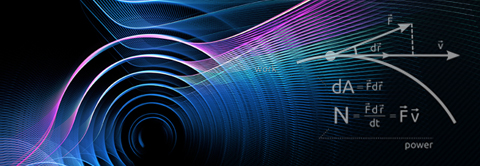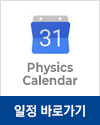Isostatic magnetism
2016.07.04 22:02
| 날짜 | 2016-07-08 11:00 |
|---|---|
| 일시 | Jul. 08 (Fri.) 11:00 AM |
| 장소 | #1323(E6-2. 1st fl.) |
| 연사 | Dr. Michael Lawler(Binghampton Univ. / Cornell Univ.) |
Isostatic magnetism
Jul. 08 (Fri.) 11:00 AM, #1323(E6-2. 1st fl.)
Dr. Michael Lawler(Binghampton Univ. / Cornell Univ.)
Abstract: Recently, a peculiar state of mechanical (phonon) systems, known as isostatic lattices, was both proposed[1] and fabricated as a metamaterial[2]. This state is on the brink of mechanical collapse and remarkably has special topological properties that guarantee the existence of soliton-like zero modes or edge modes with open boundary conditions. It is unlikely these topological phonons will be found in any solid state system since they are not on the brink of mechanical collapse. In this talk, I will discuss my group's research[3] into extending this physics to magnetic systems where ``mechanical collapse'' is replaced with the loss of magnetic order due to frustration. I will prove mathematically that indeed an isostatic magnetic exists, a proof that remarkably employs a supersymmetry between magnons and an invented fermionic degree of freedom I have dubbed magninos. I will conclude with a discussion of the possibilities of finding an isostatic magnet among the kagome and distorted kagome families of antiferromagnets and the potential new phenomena that may be observed in such a material.
[1] C. L. Kane and T. C. Lubensky, "Topological boundary modes in isostatic lattices", Nature Physics 10, 39 (2013).
[2] B. G. Chen, N. Upadhyaya, V. Vitelli, "Non-linear conduction via solitons in a topological mechanical insulator", PNAS 111, 13004 (2014).
[3] M. J. Lawler "Supersymmetry protected phases of isostatic lattices and kagome antiferromagnets", Unpublished, see arXiv:1510.03697.
Contact: Eun Gook Moon, Physics Dept., (egmoon@kaist.ac.kr)






